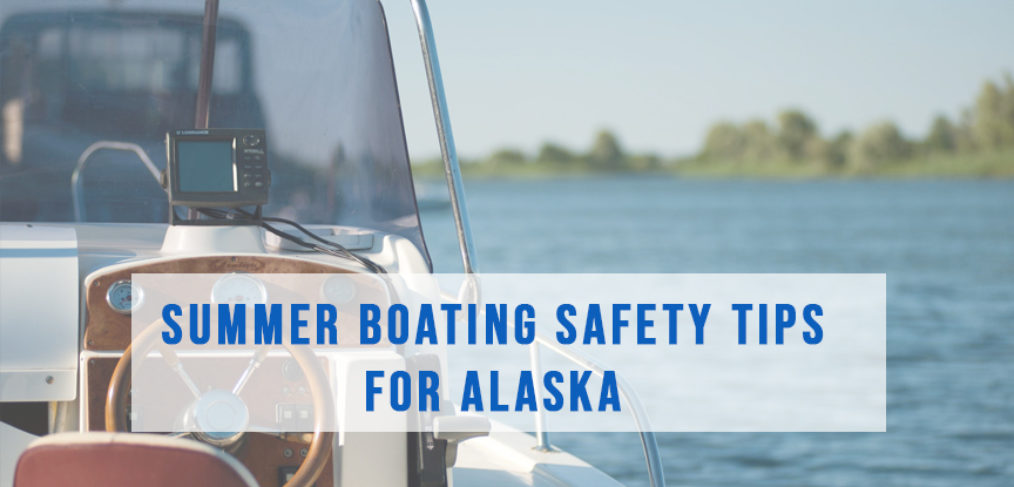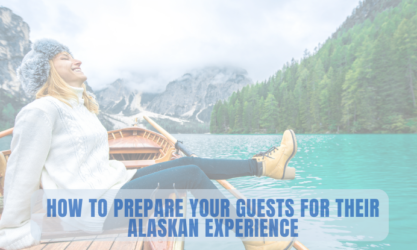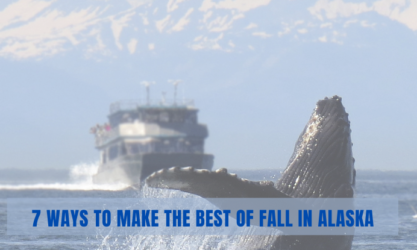
Summer boating safety tips for Alaska
Summer in Alaska has much to offer, especially for boaters who are ready to explore our expansive waters, go fishing, have fun, and enjoy the majestic views. One thing we know living here in Alaska is that one thing you can count on is that weather can take a change quickly at any time, and dangers can sneak up on you if you’re not prepared. This is especially true for summer boating, which is why we’ve rounded up these essential safety tips for tourists and residents alike.
Alaska boating deaths have increased over the last several years based on statistics from the state Office of Boating Safety, with the primary cause attributed to cold-water immersion-related drownings or disappearances. By following a few simple guidelines and preparing for emergency situations every time you head out on a boat, though, you can make sure your trip is a delight, and not a nightmare.
Alaska Boating Safety Guidelines
#1 File a float plan: Leave a detailed plan of your boat trip with a spouse, relative or a friend and let them know that you will check in when you return. This includes where you are going, time leaving, time returning, what sort of activity you are doing, who is with you, etc.
#2 Wear life jackets, don’t use them as pillows: In Alaska, boaters are required to have one Coast Guard-approved life jacket for each person aboard their vessel, and they must be in serviceable condition. Persons 13 years of age and younger are required by law to wear a life jacket at all times when in an open boat, on the deck of a boat, or when waterskiing.
#3 Dress for the water, not the weather: Even if the temperature outside is in the 70s, the water you are boating in can still be in the 40s. If you fall in, the cold temps will cause your body temperature to plummet, leading to hypothermia and drowning. Wear layers under your life vest that will insulate you in case of a fall.
#4 Maintain your boat: Keep your boat in good working order by performing regular maintenance on it, especially before the first time you launch in the spring or summer. When you first go out, take a short run to make sure all is running smoothly before going into deep waters.
#5 Stock emergency kits on your boat: Assemble an emergency supply kit and keep it on your boat just in case. This should include: blankets, food, water, warm clothing, communication and location devices such as a GPS and emergency position-indicating radio beacon (EPIRB) or personal locator beacon (PLB) that you have registered with the National Oceanic and Atmospheric Administration.
#6: Protect and prepare your cell phone: If you bring your cell phone, preprogram emergency numbers into it, such as *CG for Coast Guard command, and protect it by keeping it in a waterproof baggie to keep it dry.
#7 Check the weather and be flexible: Weather is fickle in Alaska and can change at the last minute, so not matter how far ahead you planned, be flexible and able to change your plans if it becomes too dangerous. The National Weather Service offers local and statewide current and extended marine weather forecasts on their website, which are broadcast on VHF marine-band radios.


